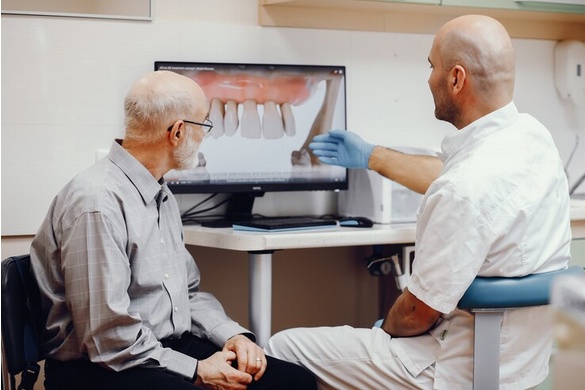Introduction:
A radiant smile is often considered a universal symbol of health and well-being. However, tooth loss can significantly impact both the aesthetics and functionality of one's smile. Fortunately, advancements in dental procedures, such as bone grafting for teeth, have revolutionized the field of restorative dentistry. This comprehensive guide aims to delve into the intricacies of bone grafting for teeth, exploring its techniques, applications, and the myriad benefits it offers.
Understanding Bone Grafting for Teeth:
Bone grafting for teeth is a surgical procedure designed to augment the jawbone's density and volume, providing a solid foundation for dental implants or other restorative treatments. When a tooth is lost or extracted, the surrounding bone can experience resorption, leading to a diminished bone structure. This reduction in bone volume poses challenges for successful dental implantation, which relies on a sturdy base for stability.
Types of Bone Grafts:
Several types of bone grafts are employed in dental procedures, each catering to specific patient needs. Autografts involve using the patient's bone from another area of the body, such as the hip or jaw, to rebuild the deficient site. Allografts utilize donated bone from a tissue bank, while xenografts involve using bone from animals. Synthetic bone grafts, made of materials like hydroxyapatite or calcium phosphate, are also common.
Bone Grafting Procedure:
The bone grafting procedure is a meticulously planned and executed process. The dentist begins by assessing the patient's oral health and conducting imaging tests, such as X-rays or CT scans, to evaluate the extent of bone loss. Local or general anesthesia is administered before the actual grafting procedure.
During the surgery, the dentist creates a small incision in the gum tissue to access the deficient bone area. The selected graft material is then carefully placed and secured, stimulating the natural bone regeneration process. Over time, the graft integrates with the patient's existing bone, creating a robust foundation for future dental work.
Applications of Bone Grafting for Teeth:
-
Dental Implant Support: Bone grafting is often employed to enhance the bone structure, providing a stable foundation for dental implants. The implants, acting as artificial tooth roots, fuse with the augmented bone, ensuring a secure and long-lasting solution for tooth replacement.
-
Ridge Augmentation: When a tooth is extracted, the surrounding bone may undergo resorption, leading to a diminished ridge. Bone grafting can be employed to augment and reshape the alveolar ridge, restoring its natural form and making it conducive for dental implant placement.
-
Sinus Lifts: In cases where tooth loss in the upper jaw has resulted in a reduced bone height, a sinus lift procedure may be performed. This involves lifting the sinus membrane and placing a bone graft beneath it, increasing the bone volume to accommodate dental implants.
Benefits of Bone Grafting for Teeth:
-
Improved Aesthetics: Bone grafting enhances the aesthetic outcomes of dental procedures, ensuring that the replacement teeth blend seamlessly with the natural ones. This contributes to a more natural and visually appealing smile.
-
Enhanced Functionality: By providing a robust foundation for dental implants, bone grafting restores the functionality of the bite, allowing patients to chew and speak with confidence. This improved functionality positively impacts overall oral health.
-
Prevention of Further Bone Loss: Bone grafting halts the progression of bone resorption that often follows tooth loss. By promoting bone regeneration, the procedure prevents further deterioration of the jawbone, maintaining the overall oral health of the patient.
Conclusion:
In the realm of restorative dentistry, bone grafting for teeth stands as a cornerstone for rebuilding smiles. This comprehensive guide has explored the various facets of this procedure, from its types and applications to the intricacies of the surgical process. The benefits of bone grafting extend beyond aesthetics, impacting the functionality and overall oral health of individuals who have experienced tooth loss.
As we conclude, it is evident that bone grafting for teeth is a transformative solution for those seeking to reclaim their smiles. The advancements in dental procedures, coupled with the versatility of grafting materials, have made this technique a reliable and effective means of restoring both form and function. Embracing bone grafting opens doors to a brighter, healthier future, where smiles are not only rejuvenated but also resilient for years to come.


No comments yet